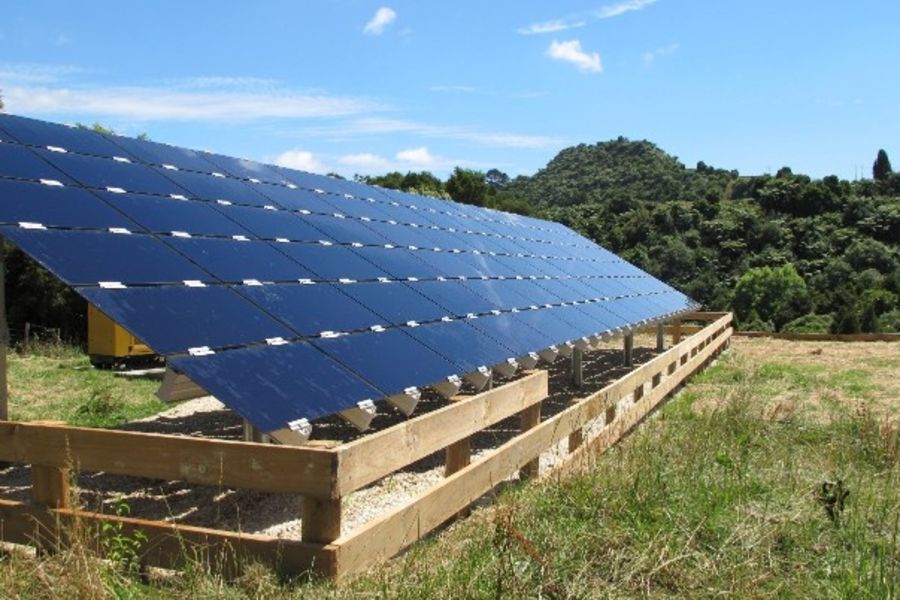Kaitiakitanga
Kaitiakitanga means guardianship and conservation.
Cave and Karst Conservation
Discover Waitomo is committed to best practice in cave management. We have a long and proud history of environmental monitoring, support for scientific research and cave conservation.
Our management is informed by the best science. Leading the cave and karst aspects of our environmental programme is our Environmental Manager and our advisory group known as the Environmental Advisory Group (EAG).
Cave microclimate is integral to the health of glowworms and cave formations (stalagmites and stalactites). Every minute of every day we measure climate variables; carbon dioxide (CO2), wind velocity, wind direction, temperature, humidity and stream height and stream temperature. In total, this massive environmental dataset, is 40,356 measurements per year.
Stream and Catchment Restoration
Cave ecosystem health is inextricably linked to catchment and stream ecosystem health. To improve the catchment ecosystem we assist with fencing to exclude stock from waterways and plant the riparian margins of streams and wetlands.
Working closely with the Waitomo Catchment Trust Board, the Waikato Regional Council and the Queen Elizabeth Trust we seek out catchment restoration projects. Collaborating and co-funding with these groups scales the scope of works and has made possible multiple restoration projects across the Waitomo region.
Since 2015 this collaboration has resulted in planting 21,200 trees and 17,178 meters of fencing.
Biodiversity
Since 2017, working across the Waitomo Glowworm Cave Reserve, Waitomo Scenic Reserve and the famous Ruakuri Reserve, we have installed and maintain 127 conventional sentinel possum traps and 120 self-setting Good Nature A24 traps. We also manage an extensive 260 bait station rodenticide baiting operation. In total this is 507 stations, 19km worth of trails covering 160ha of Waitomo’s most rugged and spectacular natural landscapes.
Monitoring using tunnel tracking index (how many rats are in the area), results indicate that rats are now at undetectable levels, down from an 87% pre-operation level, in all reserves.
Waste and Energy
We are committed to a 20% absolute greenhouse gas (GHG) emissions reduction by 2025.
In terms of diversion of waste from landfill, we have a network of public multi-language recycling bins, simple waste streams and a dedicated recycling sorting table that ensure recyclables captured and sorted.
We are committed to adopting renewable energy as and when opportunities arise. In a New Zealand first, the Ruakuri Cave and Visitor Centre is entirely off grid and solar powered.
Experimenting with alternative emission-free forms of transport we currently use an e-bike for frequent short trips between our office and caves.
